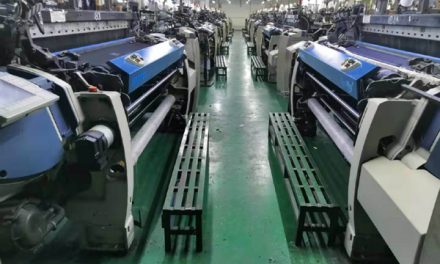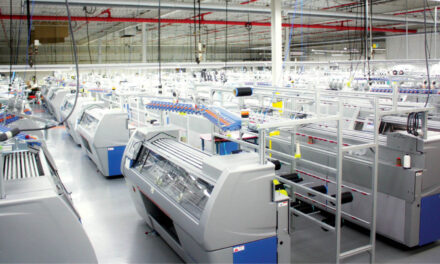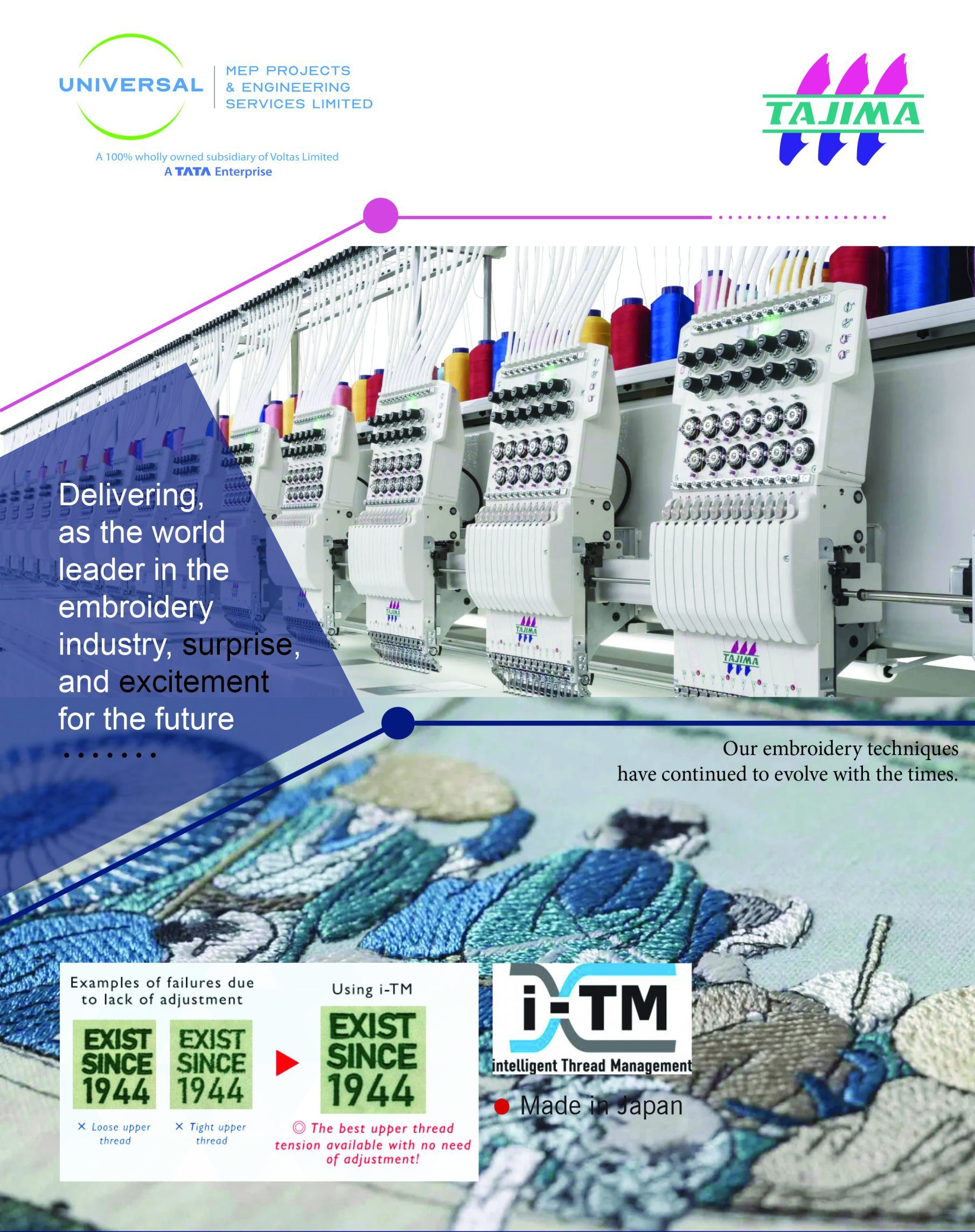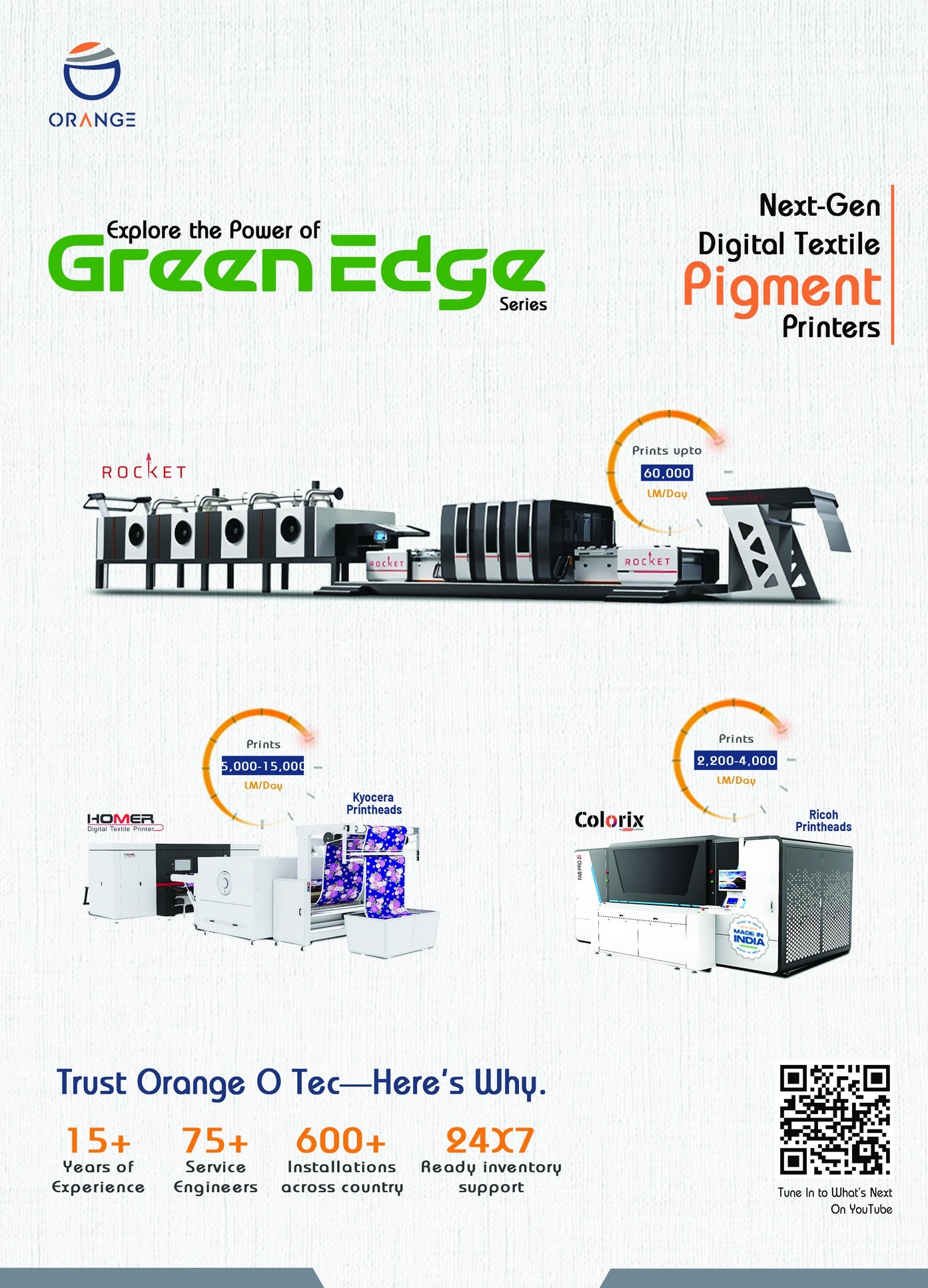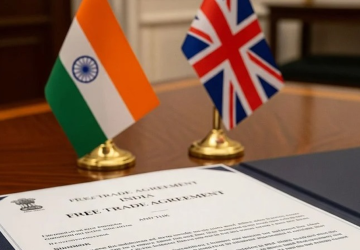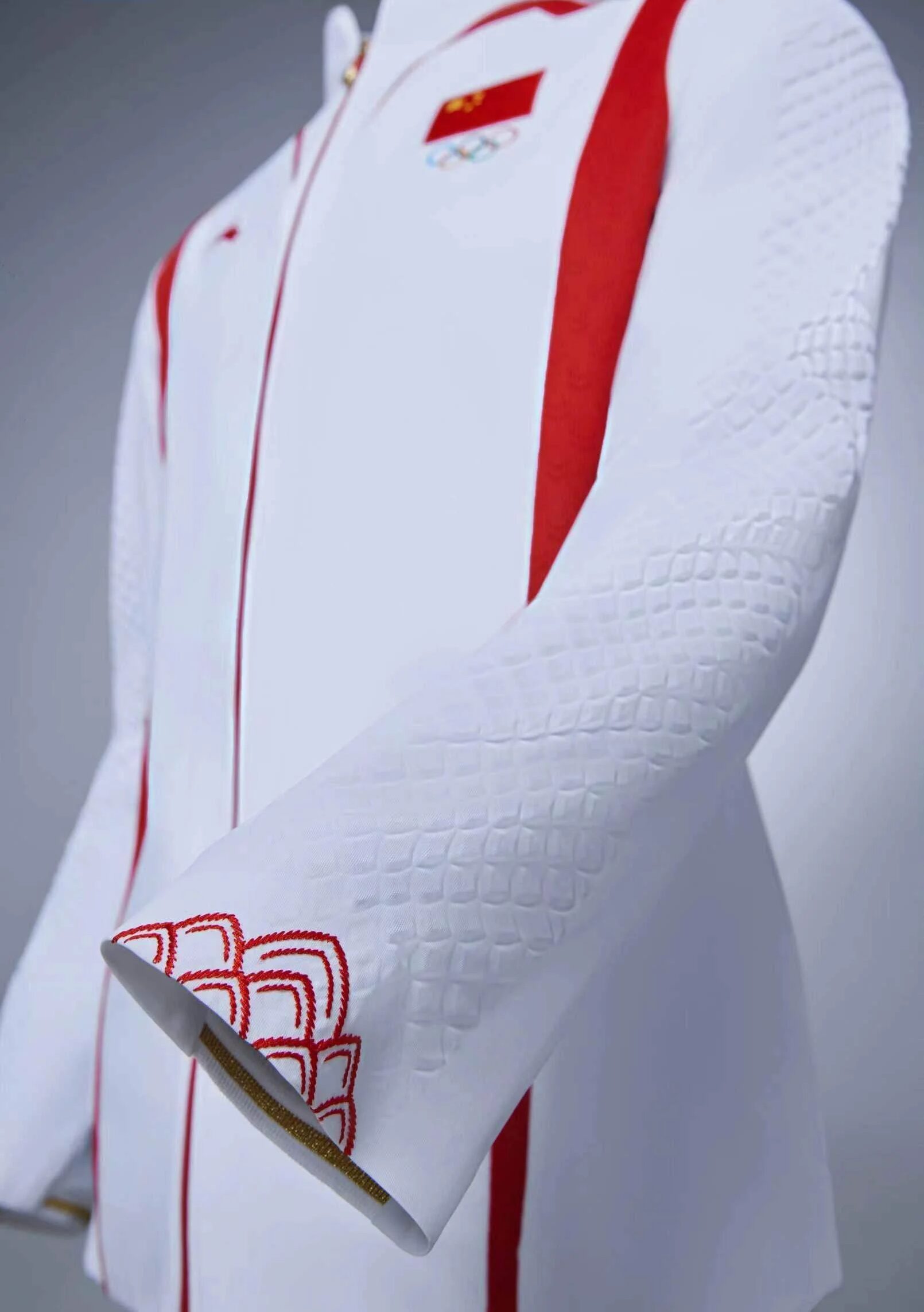 Chinese athletes will don environmentally-friendly, recyclable fiber uniforms when they take the podium at the 2024 Paris Olympics, showcasing the country’s determination and progress in reducing carbon emissions. The uniforms, which are certified carbon-neutral by an accredited organization, are expected to cut over 50 percent of the carbon footprint compared to traditional athletic apparel. A textile company in east China’s Zhejiang Province is the supplier for the innovative materials. The manufacturer also made clothes for Chinese athletes in the Beijing Summer Olympics in 2008 and Beijing Winter Olympics in 2022.
Chinese athletes will don environmentally-friendly, recyclable fiber uniforms when they take the podium at the 2024 Paris Olympics, showcasing the country’s determination and progress in reducing carbon emissions. The uniforms, which are certified carbon-neutral by an accredited organization, are expected to cut over 50 percent of the carbon footprint compared to traditional athletic apparel. A textile company in east China’s Zhejiang Province is the supplier for the innovative materials. The manufacturer also made clothes for Chinese athletes in the Beijing Summer Olympics in 2008 and Beijing Winter Olympics in 2022.
“This is the uniform for Chinese medalists at the 2022 Winter Olympic Games in Beijing. It’s two fabrics laminated together, and is both warm and windproof. We laminated fleece and plain fabric together, making sure it has stiffness and warmth,” said Hu Xiaochun, sales manager of the company.
The company now produces 500 kinds of fibers and keeps innovating on new functional ones for athletes. Apart from awarding clothes, it’s also providing materials for China’s swimming team and French athletes. “This is the fabric used on the uniform that we supply to Chinese swimmers, a fabric that makes sure the heat does not dissipate too quickly. We’ve also provided fabric for the host country, France. That’s also a moisture-absorbing and quick-drying fabric,” Hu said.
As the industry is going green, more recyclable materials are also used to make clothes. The multifunctional uniform for the Paris Olympics is actually made from plastic bottles. A staff member from the research and development center explains that the plastic bottles are collected, sorted, and cleaned before they are transformed into flakes by specialized equipment. After further processing to remove impurities, these recycled flakes are fed into the yarn production line. The company then weaves the yarn into the performance-focused fabrics used for the uniforms.
For the first half of 2024, the company has invested over 22 million yuan, or about 3.03 million U.S. dollars in research and development, accounting for 5.6 percent of their sales revenue. China aims to peak carbon dioxide emissions by 2030 and achieve carbon neutrality by 2060.


